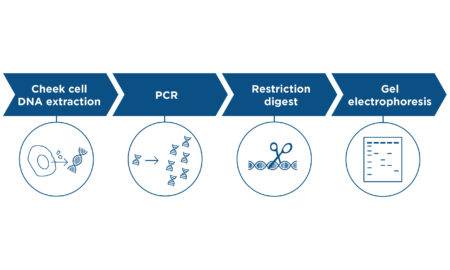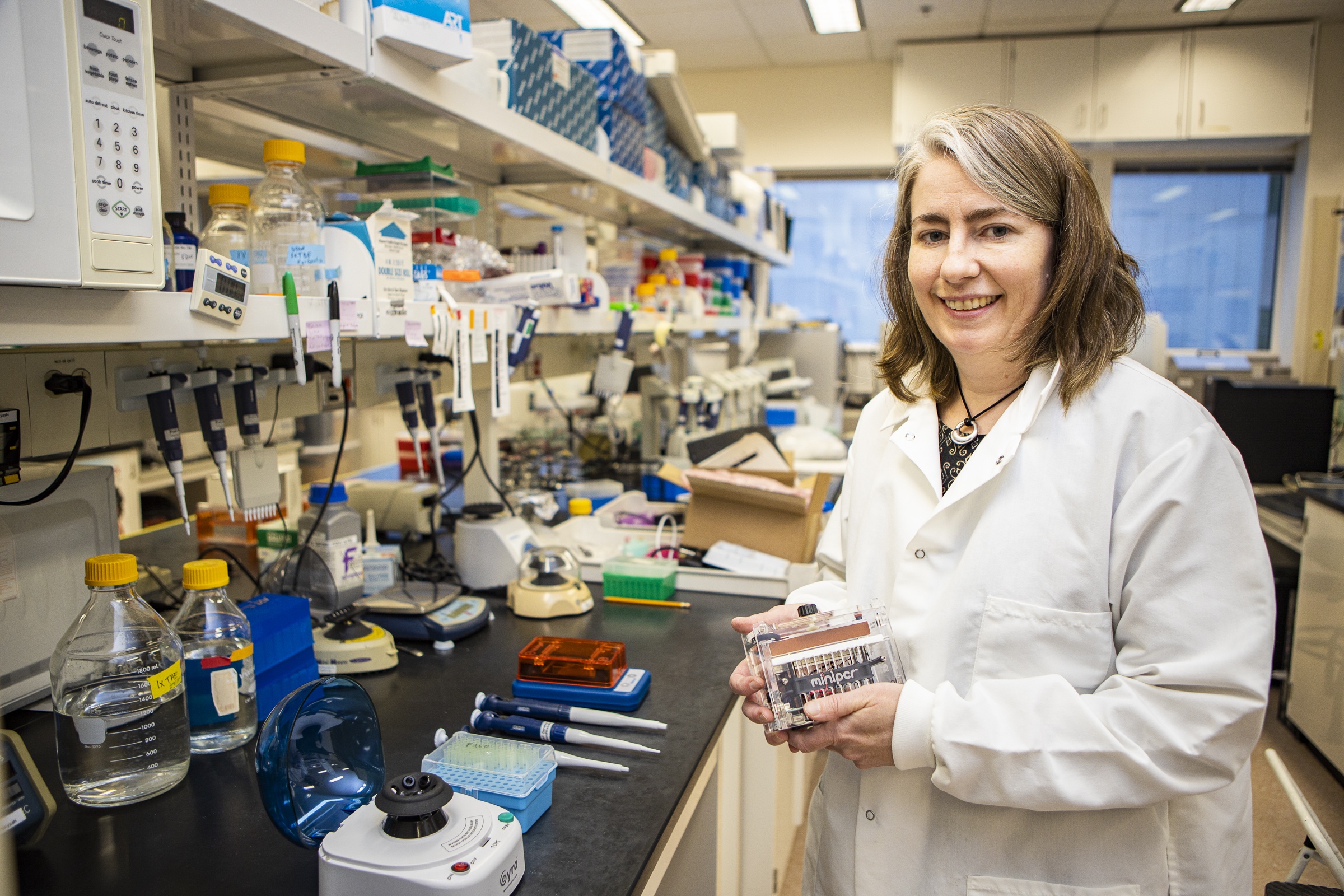How do forensic investigators use DNA to identify human remains?
Our Princes in the Tower dye electrophoresis Learning Lab brings modern DNA technology to an ancient mystery: What happened to Princes Edward and Richard, the heirs to the English throne who vanished in 1483? In this post, we’ll explore how DNA analysis helps identify human remains.
Why is DNA used for forensic analysis of human remains?
DNA is found in every cell in our bodies. Even after death, trace amounts of DNA remain stable after all other organic tissue has degraded. DNA has even been isolated and sequenced from ancient human remains over 200,000 years old. Due to its stable nature and ability to be isolated and sequenced from tiny fragments of bone, DNA is often the final tool for identifying human remains.
What other tools do investigators use for analysis of human remains?
Forensic investigators typically use a combination of methods to identify human remains. However, in some cases, methods such as fingerprinting, dental analysis, or other physical characteristics are impossible to assess. This has been the case in several recent fire events, including 9/11, the 2018 Camp Fire, and, more recently, the 2023 Hawaii wildfires. DNA identification was the only way to identify the remains in these cases, as all other forensic evidence had been lost due to the extreme temperatures.
In cases where soft tissue has been degraded, DNA can be isolated from bone fragments and amplified to create a DNA profile. This profile can then be compared with DNA from missing individuals or their close relatives to determine if the DNA profile from the remains matches any of the missing individuals.
Modern advances in forensic analysis of human remains
Advancements in technology and resources, such as Rapid DNA Identification, have revolutionized the field by making equipment more adaptable, portable, and efficient. These breakthroughs enable DNA profiles to be generated on-site within hours, eliminating the need for off-site laboratory processing that previously took weeks or even months1.
Short-tandem repeats (STRs) in forensic analysis
DNA identification of remains is typically performed by creating a DNA profile using short-tandem repeats, or STRs. STRs are DNA sequences of two to six bases that repeat in tandem. While the chromosomal location and the repeat sequence are the same in all people, the number of times the sequence repeats can vary. Examining multiple STR locations in an individual can create a DNA profile that uniquely identifies that individual.
Students can learn about forensic DNA identification and STR analysis in our Princes in the Tower dye electrophoresis Learning Lab. This lab uses a historical remains identification mystery to teach students the process of forensic DNA analysis.










